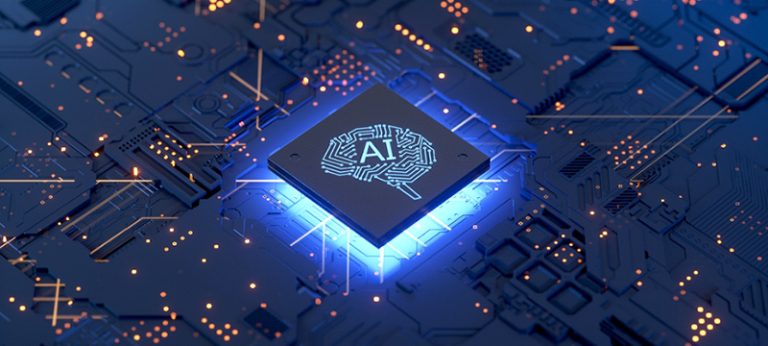New research in partnership with Silicon Labs highlights $12+ billion AI service market opportunity
Parks Associates today released the new white paper AI Acceleration at the Edge: Optimizing Product Design, developed in partnership with Silicon Labs. The research explores how device manufacturers are unlocking new value for their connected devices with artificial intelligence (AI) capabilities embedded in the device.
To capture the next wave of adopters, smart home manufacturers must deliver new layers of value and do so at affordable prices, as cost and lack of value are consistently the top two barriers to adoption. Among consumers in US internet households who do not own or intend to buy smart home products, 44% say smart home products are too expensive, and 42% don’t see the benefit or value to them personally. Manufacturers are evaluating the potential of AI to add value to their offerings, to overcome the value-proposition barrier, but they must avoid overbuilding and adding cost unnecessarily.
“Device manufacturers must deliver smarter, more capable devices while keeping products affordable,” said Jennifer Kent, VP, Research, Parks Associates. “Edge-based AI is a key enabler in reaching that two-pronged goal, supporting advanced behaviors such as presence awareness and audio/voice detection without incurring additional cloud fees.”
As AI adoption expands across consumer markets, manufacturers face critical decisions about how and where to implement intelligence. Innovations in AI-focused silicon, including on-chip accelerators, allow edge devices to handle complex tasks like anomaly detection, sensor fusion, and environmental awareness without draining battery life. Hardware accelerators make on-device AI possible, offering low-power, low-cost implementations that broaden adoption.
Key findings from Parks Associates’ research:
48% of US internet households own at least one smart home device, reflecting mass-market adoption of connected products.
51% report using generative AI tools in 2025, showing broadening familiarity with AI technologies.
52% indicate willingness to pay monthly for an intelligent home assistant, representing a potential $12 billion annual service opportunity.
49% of IoT company leaders report favoring edge compute benefits, though many employ hybrid models that integrate both edge and cloud.
Daniel Cooley, CTO, Silicon Labs, said:
“The future of IoT is Connected Intelligence—where wireless connectivity and AI converge so devices don’t just connect, they decide and act.”
“With on-device acceleration and silicon matched to each workload, brands can launch new services while reducing cloud dependence and improving privacy.”
The white paper highlights examples of edge AI in areas such as presence detection, anomaly monitoring, and health applications. Hardware choices, including SoCs with AI acceleration, play a central role in determining which capabilities can be supported at the device level.
“Decisions about where to process data affect not only the consumer experience but also cost management, security, and long-term product strategy,” Kent said. “Understanding these tradeoffs is critical as companies scale AI across a wider range of devices.”
The post Parks Associates Examines Edge AI Innovations in Evolving IoT Ecosystem appeared first on IoT Business News.

